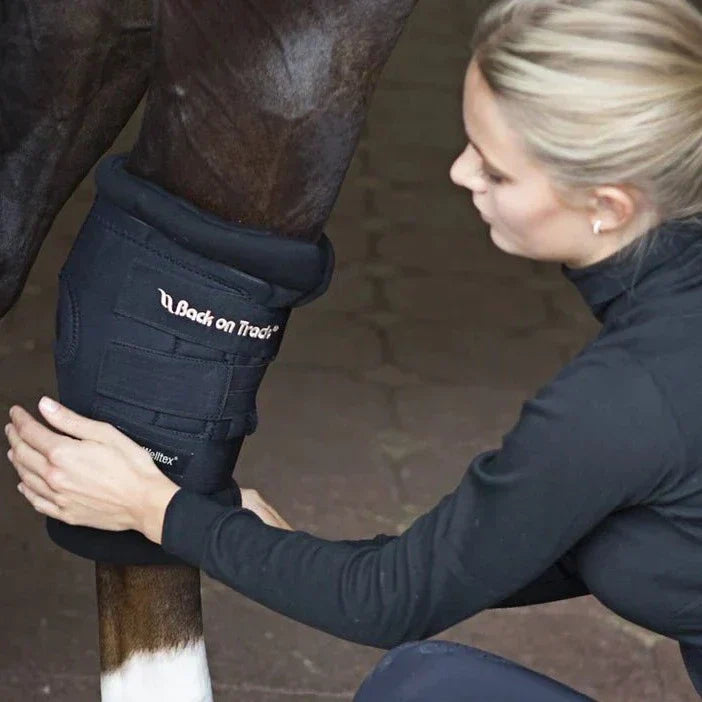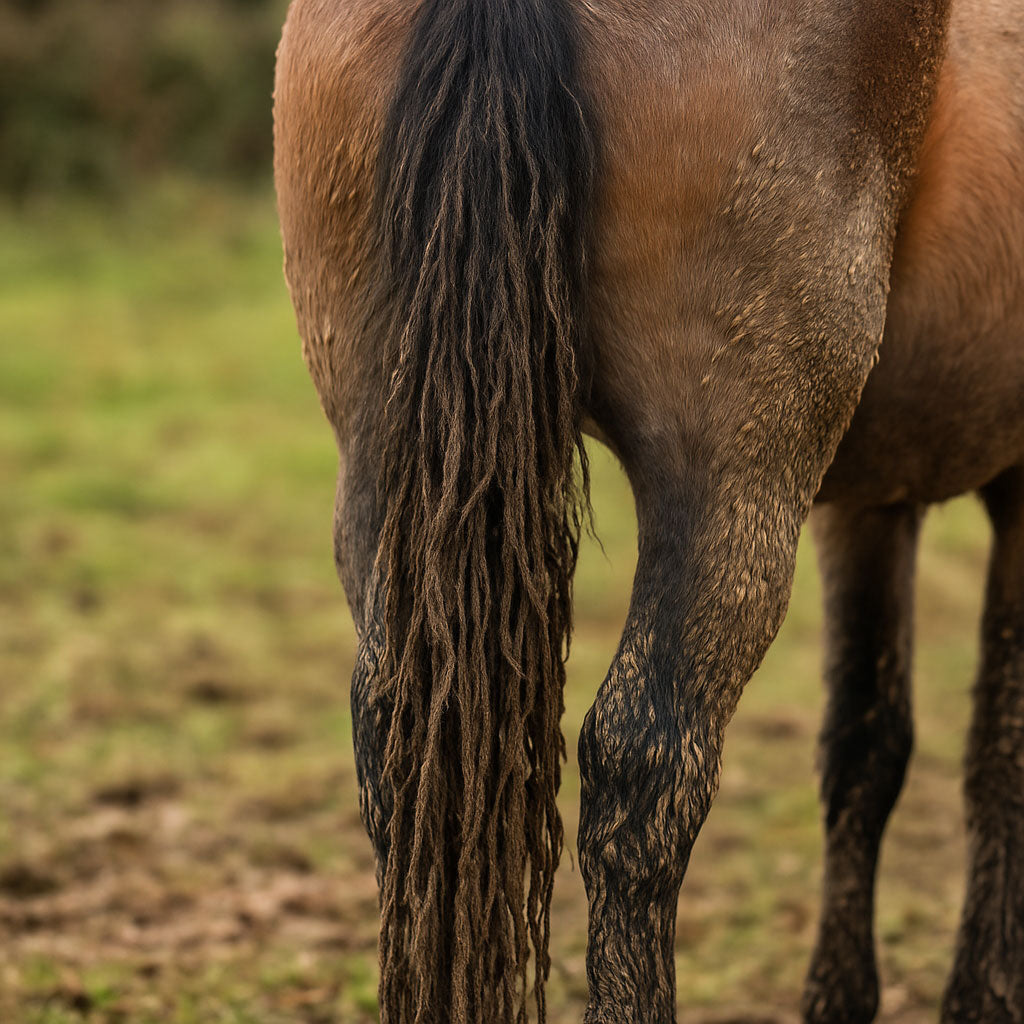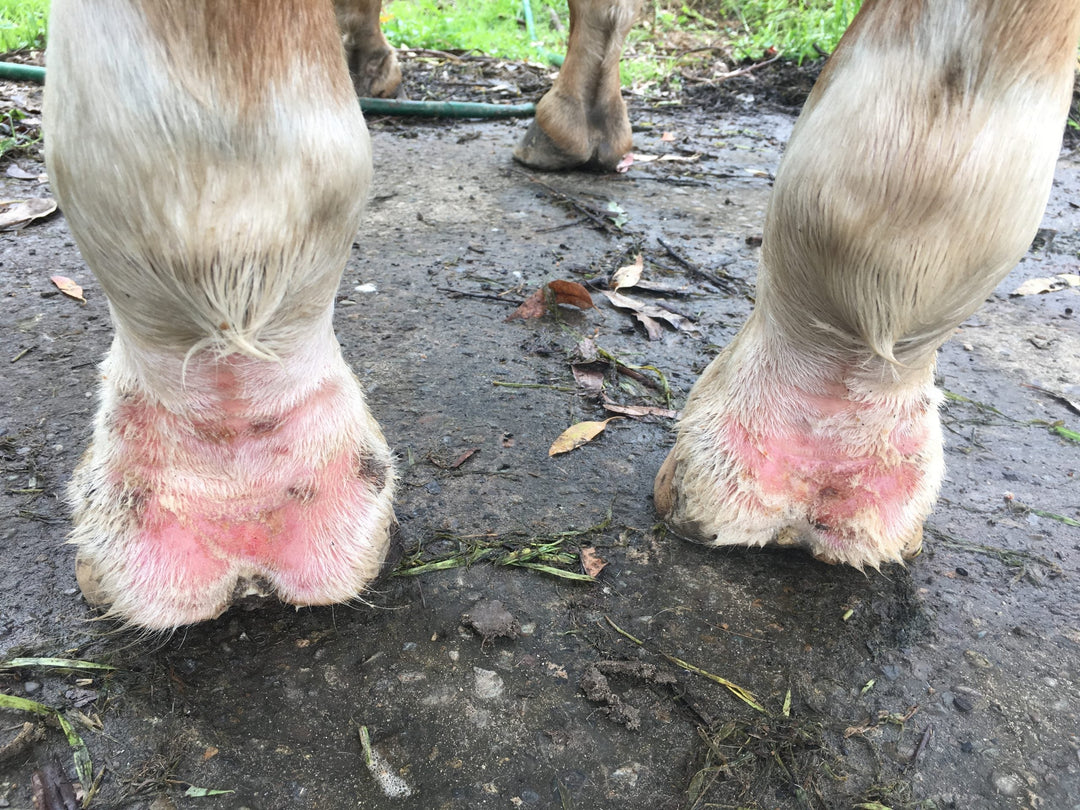MIPS Technology in Back On Track Helmets

Mips stands for Multi-directional Impact Protection System. The system is built into the helmet, designed to protect the brain by reducing the harmful forces in the event of a fall from a horse.

How does Mips work?
Mips acts as an extra shell inside the helmet and allows the helmet to rotate in all directions without affecting the head. But in other words, the helmet takes care of the rotational forces in a fall from the horse, not your head. Therefore, it is a matter of course that our riding helmets must be equipped with Mips® safety system.

Why do I need MIPS?
If you fall from a height or fall, you are more likely to hit your head obliquely from the side, than to land straight on your head. Oblique strokes create a rotational movement to which the brain is very sensitive. If you have real bad luck, the brain tissue can be damaged and at best with hard blows, you can cope with a slight concussion.

How are MIPS riding helmets tested?
Back On Track riding helmets are tested in two versions; one with and one without Mips BPS. To be approved, the helmets need to reduce the rotational forces by at least 10%. In most cases, the helmets significantly exceed this limit.
The helmets are strained in the forehead, from the side, from above, and the side from the front. The tests are performed on all models and sizes, and are documented via both sensors and high-speed cameras.

Equestrian helmets with MIPS offer an additional a brain protection system which adds an extra layer of safety to a horse riding helmet. The MIPS System inside the riding helmet allows the head to rotate in the first instants of impact. This can reduce the forces acting inside the horse rider's brain in a fall. A horse riding helmet with MIPs offers the safety of impact protection AND reduces harmful rotational forces.

MIPS = Safer Riding Helmet
Rotational motion from impact can be transferred to the brain, increasing brain damage risks. Horse riding helmets with MIPS act to redirect forces that would otherwise impact the brain, by allowing the rider's head to move 10-15 mm in any direction which reduces how the rotational motion is transferred to the delicate tissues of the brain. This video shows how MIPS works.
Take advantage of the Mips® safety system
If you love equestrian adventures, the right riding helmet is key. The most frequent cause of death or serious injury for horse riders is head injury. A riding helmet can protect you in the case of a fall, and the MIPS low-friction layer inside the equestrian's helmet allows that multi-directional movement on angled impacts, helping reduce rotational force to the brain.
Any riding helmet is designed to help protect you from head injury if you fall off your horse - but we know that falls usually result in angled impacts, so a MIPS helmet that is intended to help manage those forces and reduce rotational motion is especially relevant to horse rider safety.
Equestrian helmets with a Mips® safety system are designed with an integrated low-friction layer intended to help reduce rotational forces during angled impacts.
Mips® systems weigh between 25-45 grams, so your helmet will not feel significantly heavier.
Statistics show that angled impact which causes rotation of the head and brain is more likely to result in damage. MIPS could be the difference between brain injury and walking away from your next fall. You can't be sure you will never fall of a horse, but you can reduce as much energy transfer as possible, from impact to your precious brain.

This video has some very clear imagery which illustrates why protection designed to reduce both 'fall' impact and rotational forces is relevant to equestrians.




